In an increasingly urbanized world, the importance of indoor plants for improving air quality can’t be overstated. Indoor plants are not just decorative accents; they’re natural air purifiers that remove toxins from the air and improve your home’s overall ambiance.
There have been a few studies on the air purifying abilities of houseplants, the most notable one being NASA – Interior Landscape Plants for Indoor Air Pollution Abatement.
In a nutshell, NASA discovered that some common houseplants can remove benzene, formaldehyde, and trichloroethylene from the air, in addition to absorbing carbon dioxide and releasing oxygen.
Now, let’s explore some of the most beneficial air-purifying plants that are also easy to care for and thrive in indoor environments.
Table of Contents
1. Snake Plant (Dracaena trifasciata)

The Snake plant, also known as Mother-in-Law’s Tongue, is a striking indoor plant known for its hardiness and vertical growth habit. Its thick, sword-like leaves are variegated with bright green and yellow stripes.
Note that there are a lot more snake plant varieties that you can add to your indoor garden, each with its own appeal!
- Toxins removed from the air: Benzene, formaldehyde, trichloroethylene, xylene, and toluene
- Native to: West Africa
- Ease of Care: Low; tolerates neglect and low light conditions
2. Spider Plant (Chlorophytum comosum)

The Spider Plant is a popular indoor plant due to its fast growth habit and ease of care. It produces arched foliage with a bright green and white striped pattern and forms spider-like plantlets.
This plant is a great choice for beginners as it’s very forgiving and can thrive in a variety of indoor conditions.
- Toxins removed from the air: Formaldehyde, xylene, and toluene
- Native to: Southern Africa
- Ease of Care: Low; adaptable to various light conditions, drought-tolerant
3. Peace Lily (Spathiphyllum)
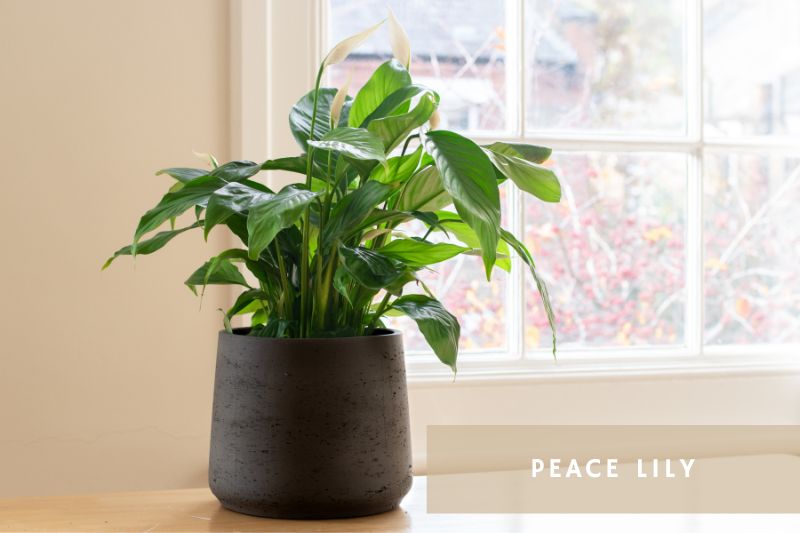
The Peace Lily is a versatile indoor plant known for its glossy green leaves and unique white blooms. It has a bushy growth habit and often reaches up to 1-2 feet indoors.
Apart from its visual appeal, the Peace Lily also improves indoor air quality and is relatively easy to care for.
- Toxins removed from the air: Ammonia, benzene, formaldehyde, and trichloroethylene
- Native to: Tropical Americas and Southeastern Asia
- Ease of Care: Moderate; prefers low light conditions and weekly watering
4. Boston Fern (Nephrolepis exaltata)

Boston Ferns are known for their delicate, feathery fronds and an attractive spreading growth habit. They are one of the best plants for purifying the air and increasing humidity.
Their lush, green foliage makes them a lovely addition to any indoor space.
- Toxins removed from the air: Formaldehyde, xylene, and toluene
- Native to: Tropical regions throughout the world
- Ease of Care: Moderate; prefers high humidity and indirect light. Check out our Boston fern care guide for more info!
5. Rubber Plant (Ficus elastica)

The Rubber plant is a bold and beautiful indoor plant characterized by its large, glossy, dark green leaves. It has a vertical growth habit, making it an excellent choice for indoor gardeners who want a tall, statement plant.
- Toxins removed from the air: Formaldehyde, trichloroethylene, and carbon monoxide
- Native to: Southeast Asia
- Ease of Care: Low; prefers bright, indirect light and moderate watering
6. English Ivy (Hedera helix)
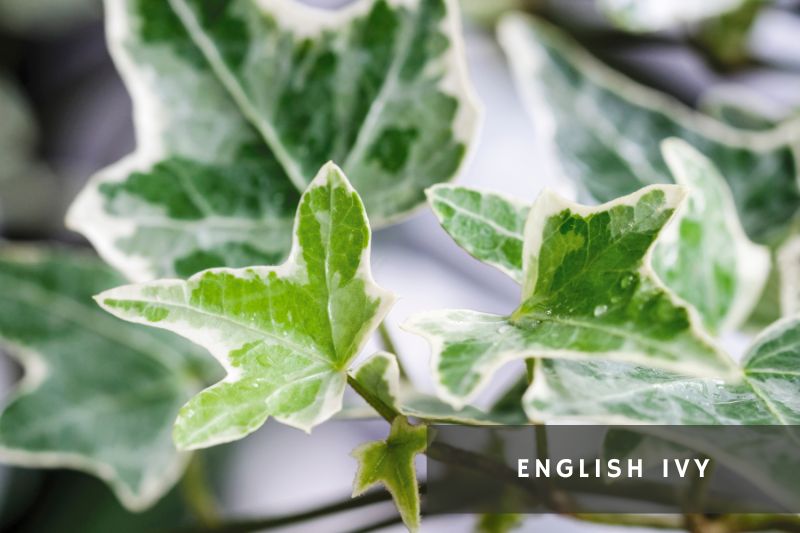
English Ivy, with its climbing and trailing growth habit, is a versatile plant that’s perfect for hanging baskets or shelves. Its small but plentiful leaves create a cascade of green that’s quite charming.
- Toxins removed from the air: Benzene, formaldehyde, trichloroethylene, xylene, and toluene
- Native to: Europe and Western Asia
- Ease of Care: Moderate; prefers cooler temperatures and indirect light
7. Golden Pothos (Epipremnum aureum)

Also known as Devil’s Ivy, Pothos is an easy-to-care-for indoor plant with a vining growth habit. Its heart-shaped leaves, often variegated with yellow or white, create a beautiful cascading effect.
- Toxins removed from the air: Formaldehyde, xylene, toluene, benzene, and carbon monoxide
- Native to: French Polynesia
- Ease of Care: Low; tolerates low light and occasional missed watering
8. Areca Palm (Dypsis lutescens)

The Areca Palm is a popular indoor plant known for its feathery fronds and elegant growth habit. It’s an excellent choice for those who desire a touch of tropical ambiance in their homes.
- Toxins removed from the air: Formaldehyde, xylene, and toluene
- Native to: Madagascar
- Ease of Care: Moderate; prefers bright, indirect light and regular watering
9. Aloe Vera (Aloe barbadensis miller)
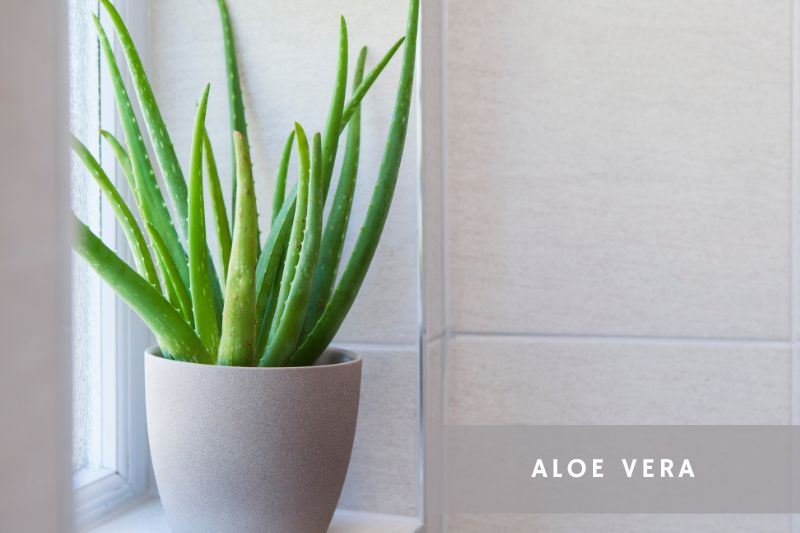
Aloe Vera is a succulent known for its healing properties and easy care requirements. Its pointed, fleshy leaves store water, making it a drought-tolerant indoor plant.
- Toxins removed from the air: Benzene and formaldehyde
- Native to: Arabian Peninsula
- Ease of Care: Low; prefers bright light and infrequent watering
10. Bamboo Palm (Chamaedorea Elegans)
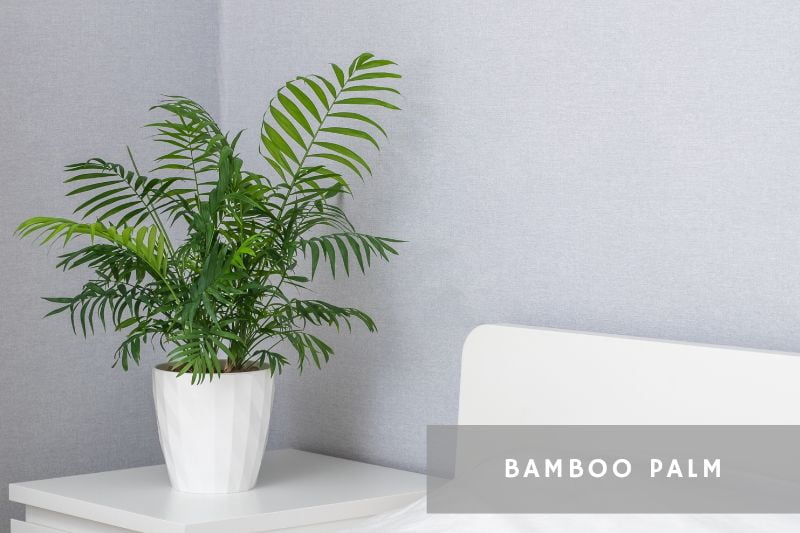
The Bamboo Palm is a small palm known for its lush, slender fronds and shade-tolerance. It’s a favorite among indoor gardeners looking for a low-maintenance plant.
- Toxins removed from the air: Benzene, formaldehyde, trichloroethylene, xylene, and toluene
- Native to: Mexico and Central America
- Ease of Care: Moderate; prefers low light conditions and regular watering
11. Philodendron (Philodendron spp.)
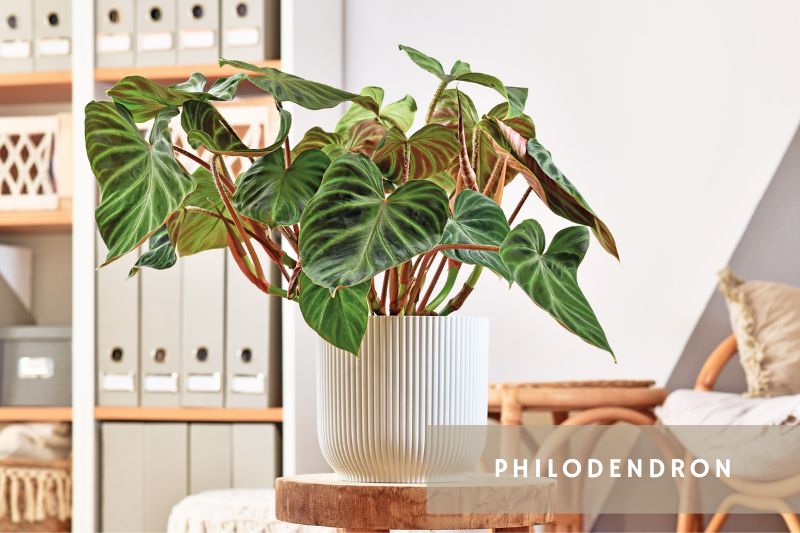
Philodendrons are beloved for their heart-shaped leaves and trailing growth habit, making them perfect for hanging baskets or high shelves. They are a favorite among indoor gardeners because of their hardiness and ease of care.
- Toxins removed from the air: Formaldehyde
- Native to: Tropical Americas
- Ease of Care: Low; thrives in various light conditions and prefers occasional watering
12. Gerbera Daisy (Gerbera jamesonii)
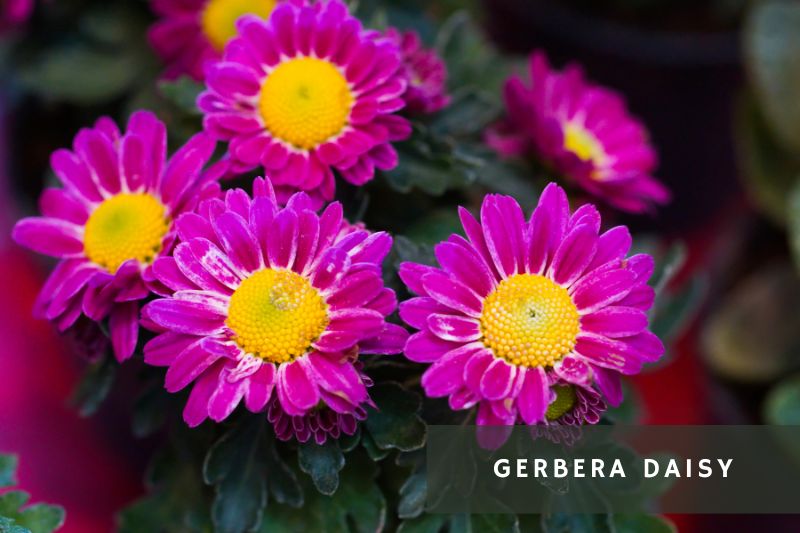
Gerbera Daisy is an indoor plant that is as beautiful as it is beneficial. Its bright, colorful flowers can boost your mood while purifying the air in your home.
- Toxins removed from the air: Benzene, formaldehyde, trichloroethylene
- Native to: South Africa
- Ease of Care: Moderate; requires bright light and well-drained soil
13. Dracaena (Dracaena spp.)
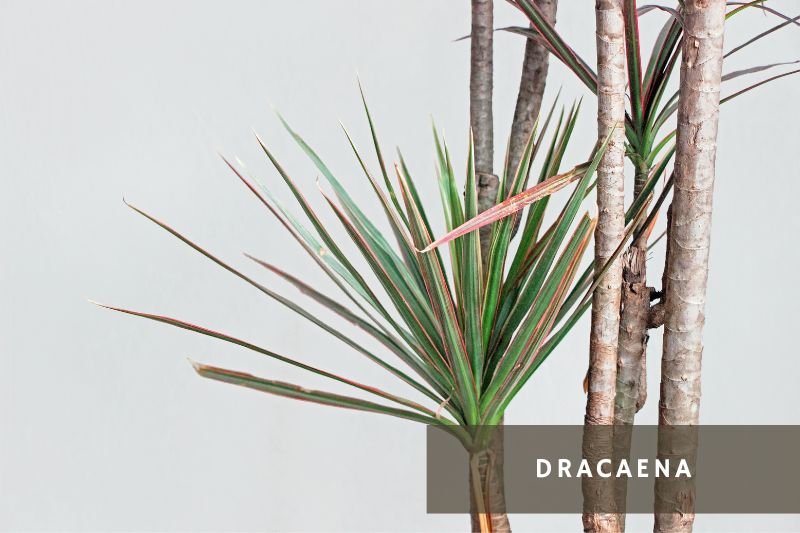
Dracaena is a group of houseplants characterized by their long, wide leaves that are often variegated with lines of white, cream, or red. They add a dramatic touch to indoor spaces.
- Toxins removed from the air: Benzene, formaldehyde, trichloroethylene, xylene, and toluene
- Native to: Africa, southern Asia, and Central America
- Ease of Care: Moderate; prefers indirect light and requires less watering in winter
14. Chinese Evergreen (Aglaonema spp.)
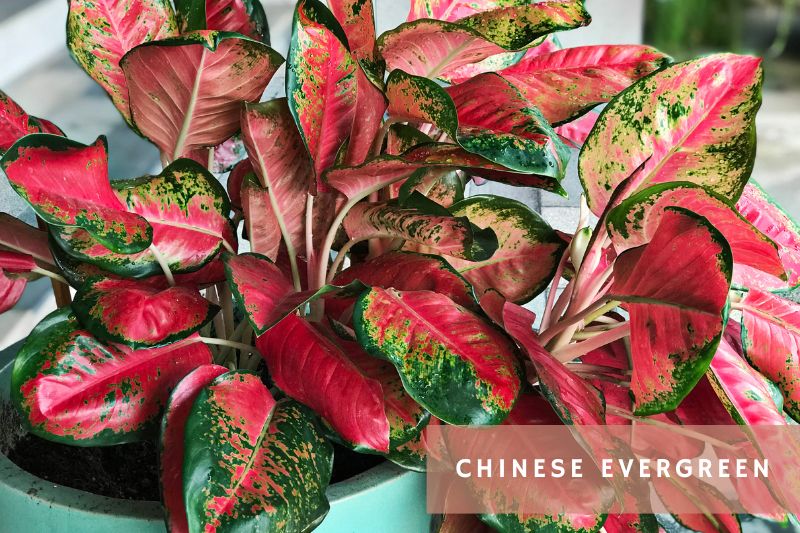
Chinese Evergreens are known for their striking variegated leaves that come in combinations of green, silver, white, and sometimes red. They are robust and versatile indoor plants.
- Toxins removed from the air: Benzene and formaldehyde
- Native to: Tropical and subtropical regions of Asia and New Guinea
- Ease of Care: Low; tolerates low light and occasional missed watering
15. Weeping Fig (Ficus benjamina)
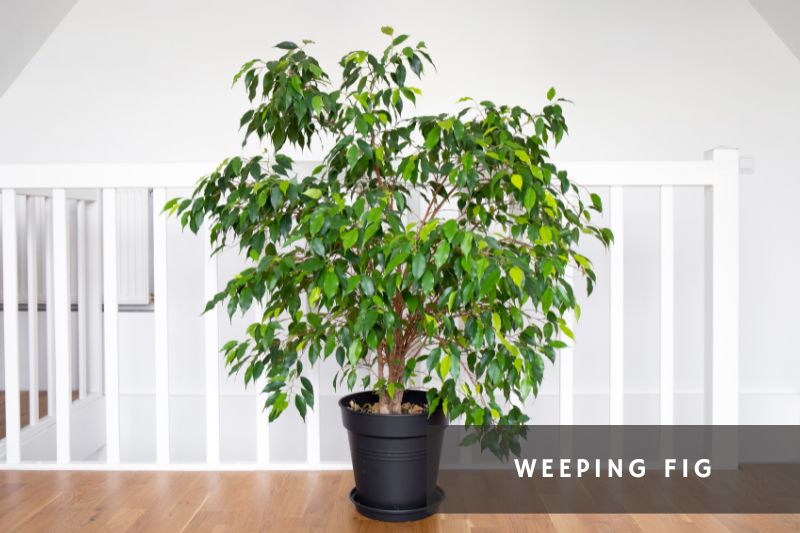
The Weeping Fig is a popular indoor tree with a graceful, drooping habit. Its glossy leaves not only add a touch of green to spaces but also help purify the air.
- Toxins removed from the air: Formaldehyde, xylene, and toluene
- Native to: Southeast Asia and Australia
- Ease of Care: Moderate; prefers indirect light and regular watering, but sensitive to changes in environment
Conclusion
These air-cleaning plants can significantly improve the air quality while offering the joy of indoor gardening. Whether you prefer small houseplants or large indoor trees, there’s a plant that fits your space and suits your style, all while providing vital health benefits.

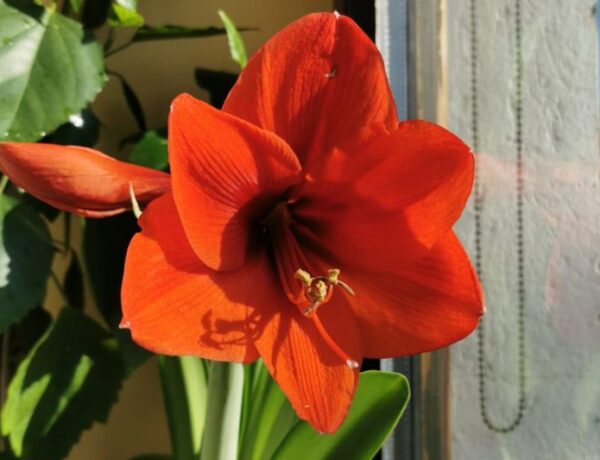
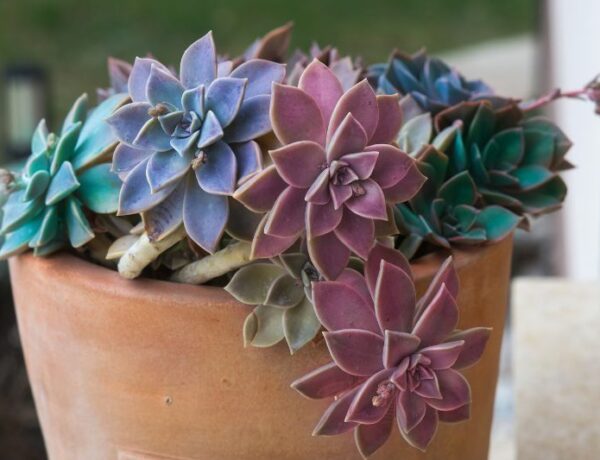



No Comments